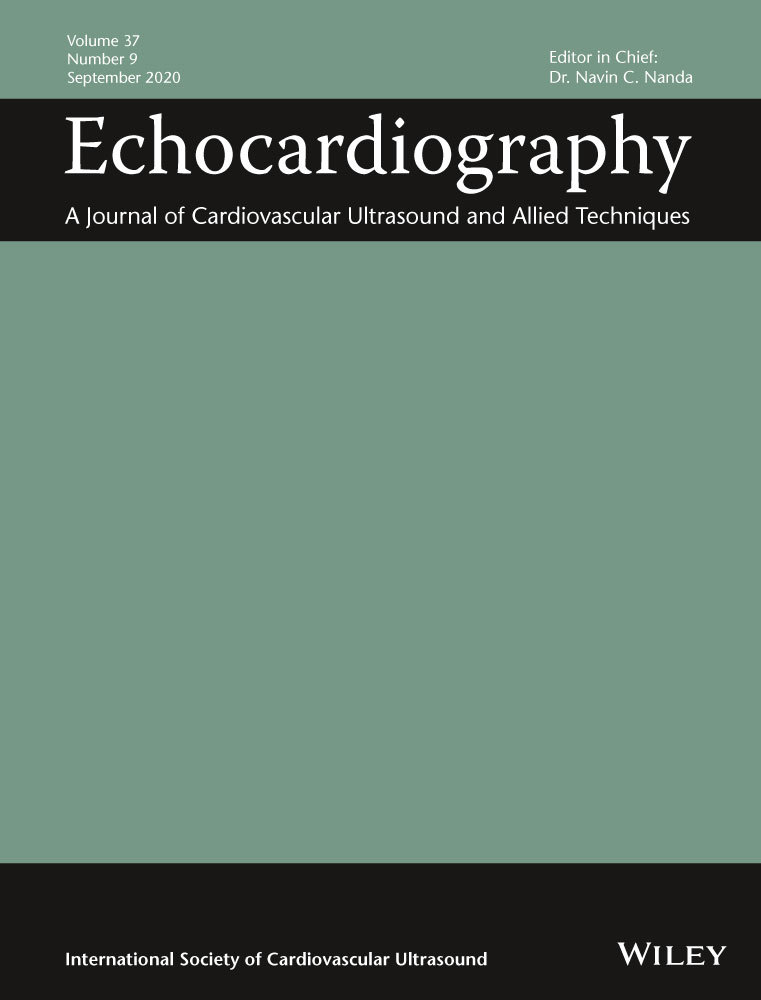Longitudinal changes in echocardiographic measures of ventricular function after Fontan operation
Abstract
Background
While numerous indices have been developed in an attempt to quantify ventricular function in patients with single ventricle heart disease after Fontan, there are little data on how these parameters change over time.
Methods
A retrospective observational study was performed of individuals who underwent Fontan operation at Children's Hospital of Philadelphia (CHOP) in 2006 and 2007. Measurements of fractional area change (FAC), tricuspid annular planar systolic excursion (TAPSE), myocardial performance index (MPI), systolic to diastolic (s/d) ratio, and myocardial strain and strain rate were made offline. A composite outcome of protein-losing enteropathy (PLE), plastic bronchitis, transplant, or death was created, and change in function was compared between those who did and those who did not meet the outcome.
Results
There were 312 echocardiograms from 40 unique patients (75% male, 55% dominant right ventricle). The aggregate mean values for most assessed parameters were worse than what would be expected for a healthy age-matched population. The global longitudinal strain rate increased (worsened) by 0.014 (1/s) per year (P = .02), and the global circumferential strain rate increased (worsened) by 0.011 (1/s) per year (P = .01). There was no difference in the rate of change of ventricular function in the 6 patients who met the composite endpoint vs those who did not.
Conclusion
This study demonstrates that global longitudinal strain rate and global circumferential strain rate decrease over 10 years following Fontan operation. These measures of ventricular performance may be early signs of cardiac dysfunction that predate more obvious echocardiographic signs of deterioration.




